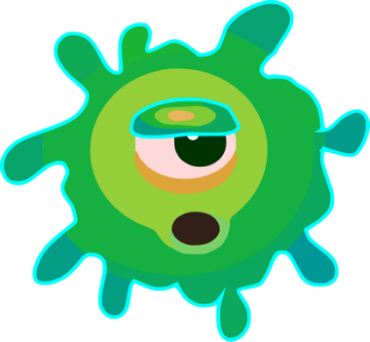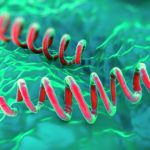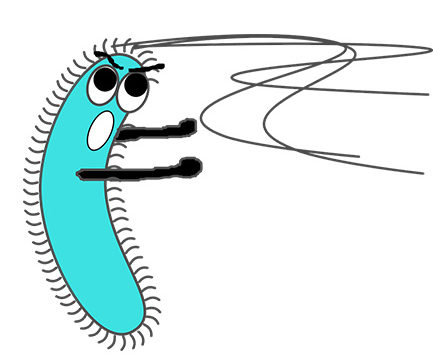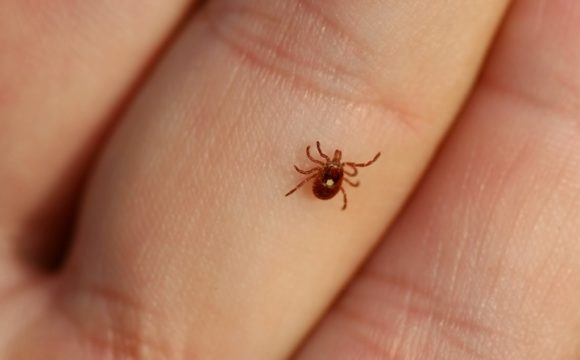Gemcitabine is a chemotherapy drug used in the treatment of various cancers. The drug is administered intravenously targeting breast cancer, ovarian cancer, non-small cell lung cancer, and bladder cancer. It is used as the first line of treatment against pancreatic cancer. Gemcitabine belongs to the family of drugs called antimetabolites. Like any other chemotherapeutic drug, it targets all the rapidly dividing cells (including cancer but also some non-cancer cells) by damaging their RNA or DNA.
Now a study conducted at Weizmann Institute of Science published in the journal Science suggests a possible role of microbes in interfering with Gemcitabine mechanism of action.
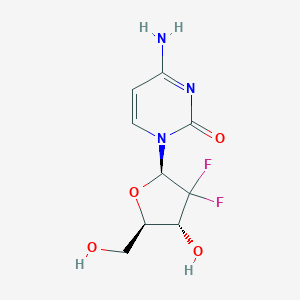
Gemcitabine
(Source: https://pubchem.ncbi.nlm.nih.gov/compound/gemcitabine)
According to an article on newatlas.com, the research team was originally studying the normal human skin cells effects (if any) in providing resistance to cancer cell against chemotherapy. They discover that a particular skin sample grants Gemcitabine resistance to pancreatic cancer cells and this was the starting point for the team to investigate these skin cells further.
Microbes have been known not only as the causative agent of a disease but also as agents which interfere with disease treatment. Further investigations on colon cancer models revealed that some bacteria have been converting gemcitabine (2′,2′-difluorodeoxycytidine) into its inactive form, 2′,2′-difluorodeoxyuridine. But who were these bacteria? And could they be present intratumor (inside a tumor)?
The drug Gemcitabine is most commonly used in the treatment of pancreatic ductal adenocarcinoma (PDAC). Of the 113 human PDACs that were tested at least 86 (76%) were positive for a particular bacteria. This was Gammaproteobacteria! These are a class of Gram-negative bacteria many of which are pathogenic. This bacteria metabolizes the drug into its inactive form using enzyme cytidine deaminase (CDDL) produced by CDD gene.

(Source: https://en.wikipedia.org/wiki/Gammaproteobacteria)
In order to target this bacteria, the team used the antibiotic Ciprofloxacin, an antibiotic widely used in the treatment of intra-abdominal infections. It was found that the antibiotic destroyed the microbe and restored the activity of the chemotherapic drug.
We now have evidence that suggests that a microbe which is naturally occurring in the human body quite vociferously interfere with chemotherapeutic treatment and that the administering of the drug along with a suitable antibiotic can restore its efficacy and can give desired results. Such studies have great significance and can potentially transform the therapeutic approach towards cancer treatment. The drug formulation fora lethal disease like cancer must keep in mind the nature and activities of the microbial flora around the target cells.
References:
- Leore T. Geller et al. Potential role of intratumor bacteria in mediating tumor resistance to the chemotherapeutic drug gemcitabine. Science, 15 Sep 2017
- newatlas.com/bacteria-pancreatic-tumor-inhibit-chemotherapy/51396/
- wis-wander.weizmann.ac.il/life-sciences/how-bacteria-hinder-chemotherapy



